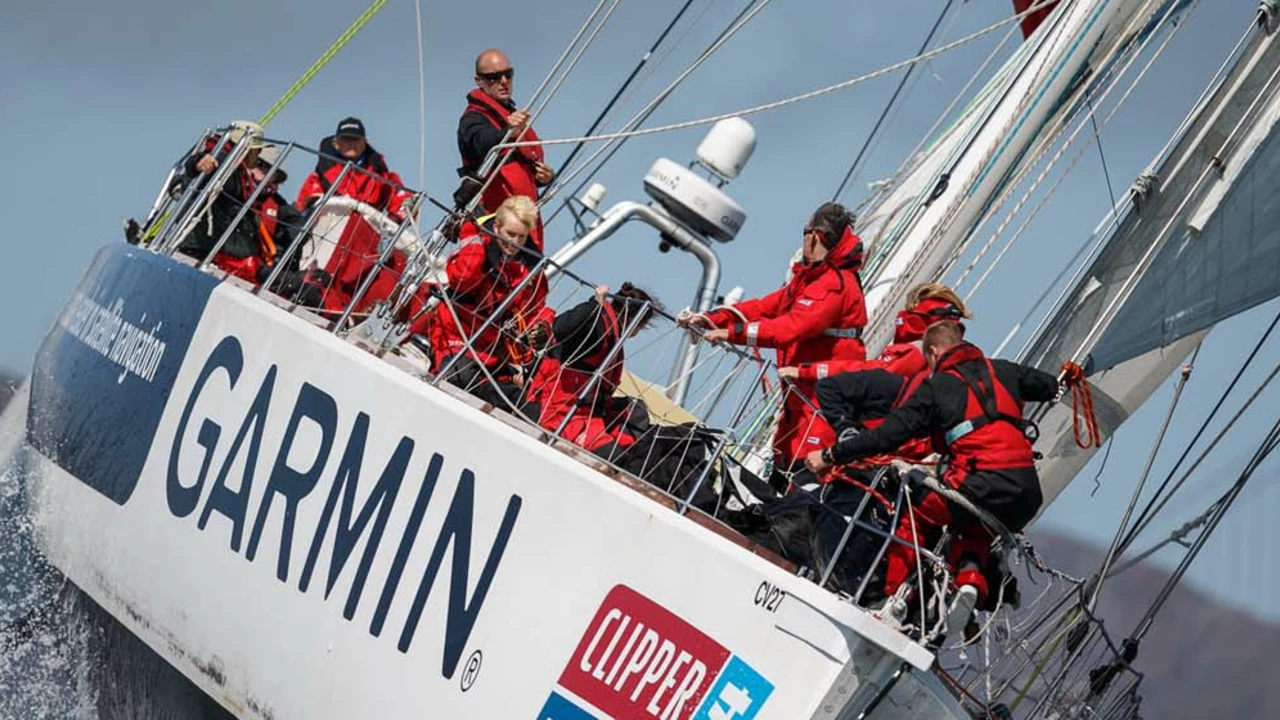Sea Spirit Kayaking Adventures
30.07.2023
Can you make money sailing around the world?
I'll tell you what, folks, someone asked me if you can actually make money while sailing around the world. My first thought was, can you? Like, really? And then I realized, as I was sitting there in my flip-flops, that yes indeed, you can! You could write a travel blog, do freelance work online or even take on sailing charters. Now, doesn't that just blow your sailor hat off? We've discovered a new way to make money, and it involves the ocean breeze and a vast, beautiful expanse of water. So, anchors aweigh, my friends!
28.07.2023
What is the biggest risk encountered while sailing?
Ahoy, mates! So, you're wondering what's the biggest risk when we're out on the open sea, sailing? Well, let me tell you, it's not the kraken, it's not the sirens; it's the unpredictable weather! Yes, sir, Mother Nature is the real captain of the ship and she can turn a sunny day into a sailor's nightmare faster than you can say "Land ahead!". So, always remember that when you're out sailing, keep an eye on the horizon, because the biggest risk is getting caught in a storm unprepared. And trust me, there's nothing funny about that, unless you find getting soaking wet and tossed around like a ragdoll funny. Stay safe and happy sailing!
21.07.2023
Patrick Theros?
Patrick Theros is a significant figure in international relations, having served as the US Ambassador to Qatar from 1995 to 1998. He has extensive experience in the Middle East and has been instrumental in various diplomatic missions. Theros is also known for his work with the US-Qatar Business Council, contributing to the strengthening of economic ties between the two nations. Furthermore, he is a prolific writer, sharing insights about the complexities of international politics. His career reflects a commitment to fostering understanding and collaboration between different nations.
19.07.2023
The Avengers, The X-Men and The Justice League?
In my latest blog post, I delve into the fascinating worlds of The Avengers, The X-Men, and The Justice League. I explore the unique dynamics within each superhero team, highlighting their origins, key members, and iconic story arcs. It's interesting to see the contrast and similarities among these squads from Marvel and DC. The post also talks about their impact on pop culture and how their narratives have evolved over time. If you are a comic book enthusiast or just love superhero movies, this post will give you a deeper understanding of these beloved characters.
11.07.2023
Did the Vikings sail northeast along the Arctic Sea?
From what I've gathered, there's a fascinating theory suggesting that the Vikings may have indeed sailed northeast along the Arctic Sea. While it's common knowledge they were skilled seafarers, this route would have presented extreme challenges. Evidence supporting this theory is limited but not entirely dismissible. If true, it would significantly broaden our understanding of their navigational skills and the extent of their exploration. However, until more concrete proof is uncovered, it remains a captivating hypothesis.
12.05.2023
What is the meaning of the song 'Voyage of the Moon'?
I recently came across the song 'Voyage of the Moon' and couldn't help but dive into its meaning. It appears to be a metaphorical journey of self-discovery and growth, using the moon as a symbol of guidance and illumination. The song beautifully captures the essence of life's ups and downs, as well as the importance of embracing change. It also highlights the significance of connection and relationships, reminding us that we are never truly alone in our journey. Overall, 'Voyage of the Moon' serves as a powerful anthem of hope and inspiration, encouraging us to keep moving forward and to never stop exploring ourselves and the world around us.






